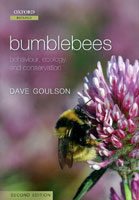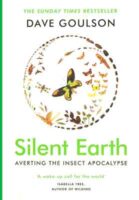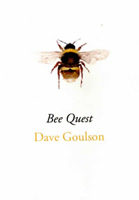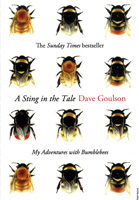Bumblebees are familiar and charismatic insects, occurring throughout much of the world. They are increasingly being used as a model organism for studying a wide range of ecological and behavioural concepts, such as social organisation, optimal foraging theories, host-parasite interactions, .and pollination. Recently they have become a focus for conservationists due to mounting evidence of range contractions and catastrophic extinctions with some species disappearing from entire continents (e.g. in North America). Only by improving our understanding of their ecology can we devise sensible plans to conserve them. The role of bumblebees as invasive species (e.g. Bombus terrestris in Japan) has also become topical with the growing trade in commercial bumblebee nests for tomato pollination leading to the establishment of non-native bu bumblebees in a number of countries.
Since the publication of the first edition of the book, there have been hundreds of research papers publishes on bumblebees. There is clearly a continuing need for an affordable, well-illustrated, and appealing text that makes accessible all of the major advances in understanding of the behaviour and ecology of bumblebees that have been made in the last 30 years. Bumblebees is aimed at students, researchers, and interested amateurs. Technical jargon has been kept to a minimum and sufficient background information given to enable anyone to follow the text without difficulty.






